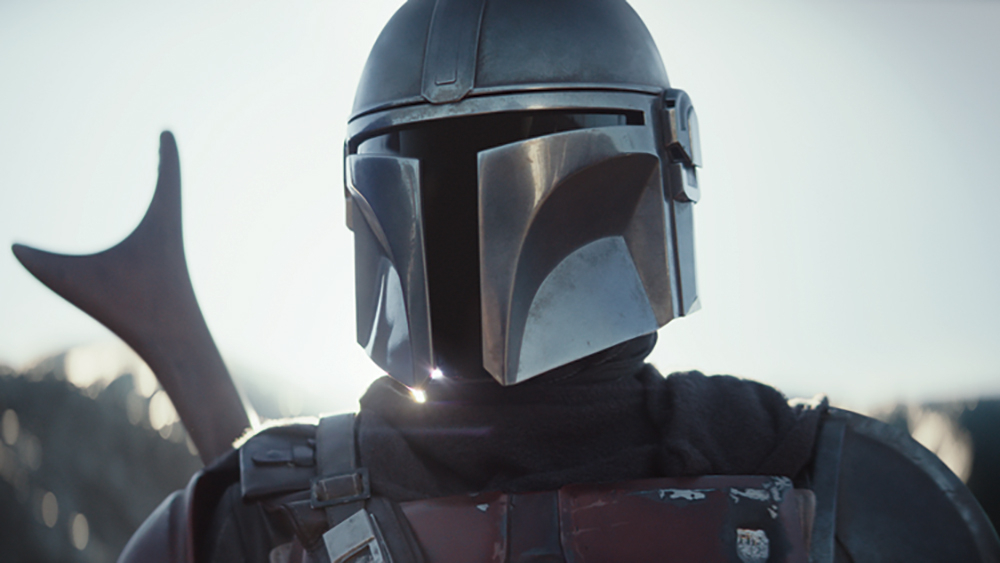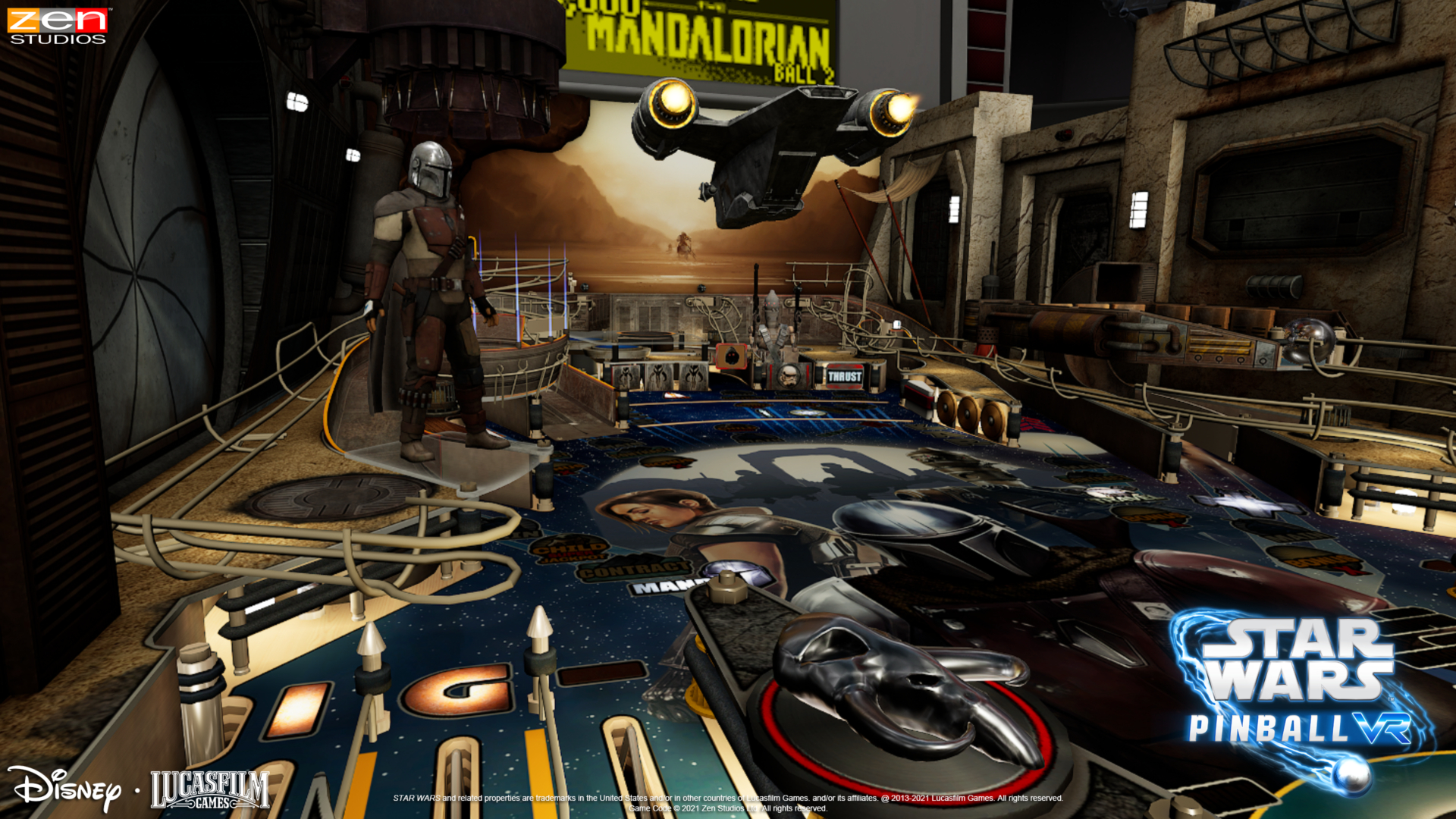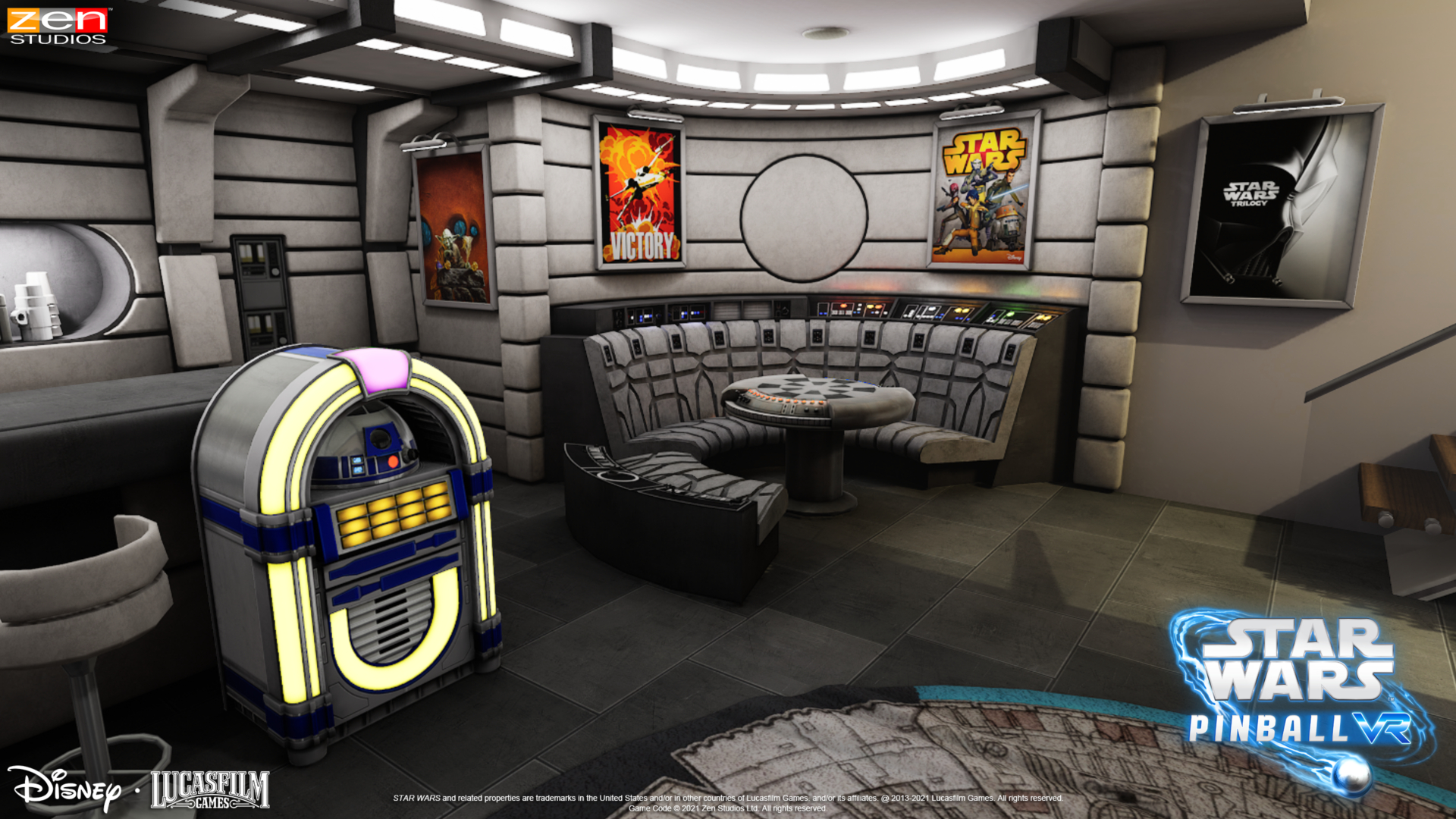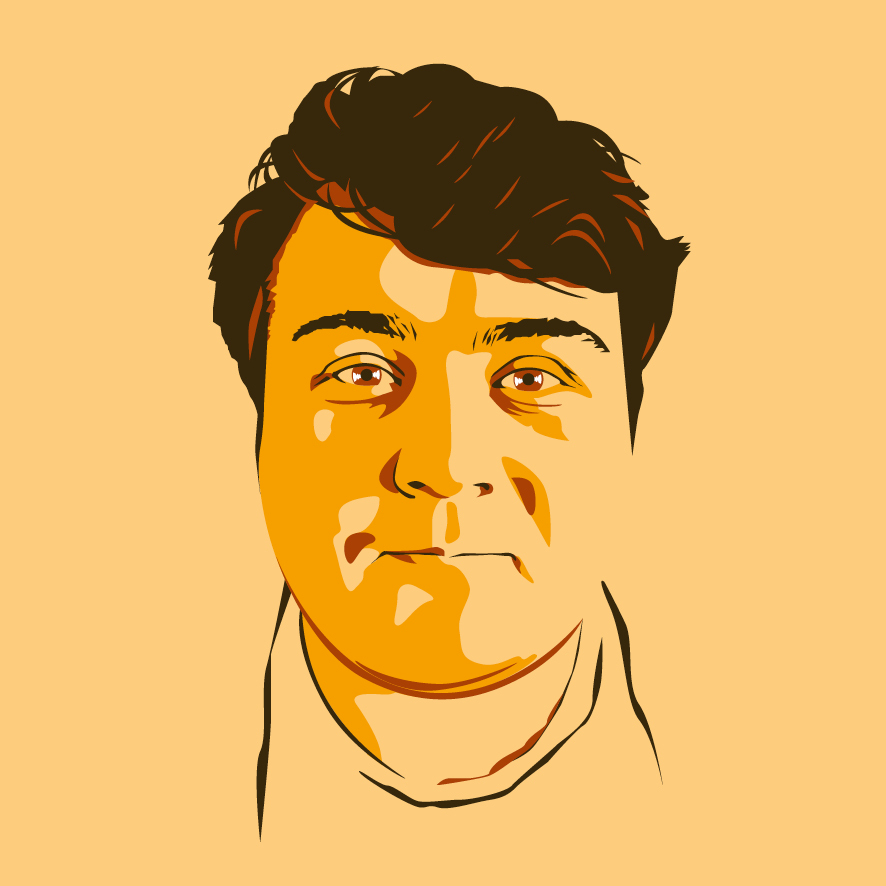The Mandalorian won't stop creepily watching me play VR pinball
Don't you have somewhere to be, Pedro?

I've been messing around with Star Wars Pinball VR, the latest VR edition of Zen Studios' digital pinball originals, and haven't had as much fun slapping around a steel ball since the table I used to play at a local pizza joint broke down for good. There's just one problem: I can't find the button that makes the Mandalorian leave me alone.
As long as I'm playing his table, a new addition to this VR port, a full-sized Mando stalks nearby, staring at me while I play. It's creepy! He doesn't commentate the action, commend me for a high score, or anything. He's just there at all times, like a stoic ghost that only I can see. I can't tell if he's rooting for me or haunting me for some terrible crime I've committed, but it's all I can think about as his expressionless helmet glistens in my peripheral vision.
And god forbid I screw up. On game over Mando glances at you one last time and then, without uttering a word, jetpacks away off-screen. OK. He's definitely going to kill me. Was the pinball game some sort of trial, a last chance to save myself from Mando's wrath? Floating off to the left is a considerably less imposing Baby Yoda in his little stroller-egg, sipping space soup like that one meme. I kinda wish he had more to do than just float there, but I can't begrudge the kid for thinking soup is more interesting than me.

Performance anxiety aside, the Mandalorian table itself is pretty fun, too. I'm no pinball expert, but I dig how much verticality it crams into the box with three or four branching tunnels and an elevated playfield themed after Mando's Razor Crest ship. Sending the ball up into an upper-left funnel triggers a series of quests that loosely recreate scenes from the first season, like the Episode 1 shootout that requires you to blast away baddies by knocking over their little figurines.
My favorite touch is the bonus carousel area guarded by the IG-11 droid from the show. If you send the ball into a small upper-right door, a reflex-based minigame starts that asks you to raise a piece of wall as the ball revolves in a circle to keep it from falling out. If you can pull off a few revolutions, it's a huge point bonus.
The fact that I can't tilt the table with my VR hands to cheese my way through all the Mandalorian quests is a damn crime.
I'd tell you what happens after that, but my last ball just rolled into the abyss and now Mando is mad at me. (Seriously, how is anyone good at pinball? My flipper skills aren't the issue, I don't think. I'm a ball-smacking fiend, but it's those damn side lanes that lead straight out of bounds. Why do those even exist? I can't always control where the ball goes, especially if you don't give me the chance to save it!) Those death tracks have been ending my runs since my 3D Pinball Space Cadet days on grandma's desktop. They were probably invented by some evil '80s arcade manager to bleed quarters from kids.
I fared better on the other table included in my preview build: Rogue One. With a top section full of round bouncy barricades that the ball can easily get caught up in, it was easier to stay in the game. The death troopers that flank either side of the table here aren't as intimidating as Pedro Pascal, but your punishment for game over is way worse. Krennic (that forgettable bad guy from Rogue One) suddenly steps out from behind the table as if he's been waiting there all along and the death troopers start firing their blasters so that they're just barely missing me. Bro, chill, I'm trying to shoot down TIE Fighters.
Keep up to date with the most important stories and the best deals, as picked by the PC Gamer team.
Maybe the best use of VR for pinball is an alternate view that pulls the camera down into the table and lets you play from above the flippers. It's pretty awesome, but also jarring. I freaked out a little bit the first time a ball the size of the boulder that almost killed Indy tumbled toward me at high speed. A video clip really doesn't do it justice. It's not just zooming into the table, I'm dangling my legs over the edge of a life sized pinball pit the size of a hockey rink. I wish I could pan across the whole table to scope every little detail, but you're stuck with three stationary angles.

Details are a little hard to parse across the board, in fact. My preview build of the native Quest 2 version (it's also coming to SteamVR and PlayStation VR) looks fine, but the limitations of the mobile-grade hardware in this thing definitely show when trying to read the small instructional text printed on the table.
It's also a shame that the game often feels more like a VR port than a proper virtual reality experience. If I'm going to the trouble of simulating a realistic environment to play pinball in, it'd be great to have all the perks of being in a physical space—including cheating. The fact that I can't tilt the table with my VR hands to cheese my way through all the Mandalorian quests is a damn crime.
The whole game takes place in a Star Wars-themed man cave that looks like someone's midlife crisis contained in a basement renovation, complete with Millenium Falcon hologame table, full-size Stormtrooper armor, R2D2 jukebox, and a big-screen theater. I wish it felt more like a real place and less like a facade. Shelves line the walls with memorabilia that I can't touch or move. I can't sit at the bar, turn the knobs on the jukebox (though it does play an impressive collection of unlockable Star Wars beats), or sit on the theater couch. As far as I can tell, the game is also locked to snap turning, so those comfortable with smooth camera movement like me are out of luck.
I don't think Star Wars Pinball VR is transforming me into a pinball addict, but I am a new believer in VR pinball. Real-life pinball is a cost-prohibitive hobby if you don't have a reliable arcade to indulge in. The inherent immersion of VR suits this physical game extremely well and I'm glad Zen Studios isn't afraid to try novel things like the in-table view and fantastical effects that real tables couldn't possibly replicate. Now if I could just get VR basics like item interactivity, I'd be all set.

Morgan has been writing for PC Gamer since 2018, first as a freelancer and currently as a staff writer. He has also appeared on Polygon, Kotaku, Fanbyte, and PCGamesN. Before freelancing, he spent most of high school and all of college writing at small gaming sites that didn't pay him. He's very happy to have a real job now. Morgan is a beat writer following the latest and greatest shooters and the communities that play them. He also writes general news, reviews, features, the occasional guide, and bad jokes in Slack. Twist his arm, and he'll even write about a boring strategy game. Please don't, though.

